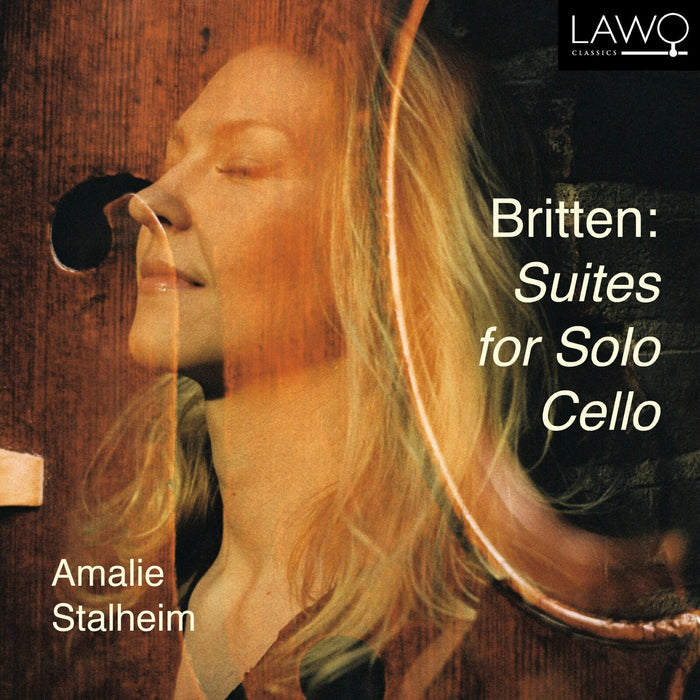Description
What is the nature of the relationship between music and the wider reality that it exists within. Does art imitate life, or can life imitate art? Can the two meaningfully coexist? When a sound is taken from the real world and placed into a musical context, does it mean the same thing? Where does meaning come from, and how do we decide what a sound means?
Henrik Hellstenius first began investigating these questions in 2007, with Places of Sound, a work composed for a choreographed perfor¬mance at the Norwegian Opera and Ballet, that combined two singers, strings and sounds from the real world. One result of this is Places of Sounds and Words (2014), a seven-movement cycle that demonstrates a curious and provocative series of interactions with and responses to sounds from the natural world. Hellstenius has de¬scribed these movements as "brief music-the¬atrical encounters that touch on the subject of how we are present in the world yet do not par¬ticipate in it". This is music not designed or intended to draw parallels between real life and music, nor to find a way of integrat¬ing the two into a seamless, interconnected whole. On the contrary, Hellstenius' concern in Places of Sounds and Words is to demonstrate the ambivalence of the relationship, veering been sympathy and antipathy.
Instrument of Speech (2016–17) moves away from the more neutral, passive, generalised sounds found in Places of Sounds and Words in favour of active linguistic sources that speak, literally, in an altogether more di¬rect and immediate way. The composer's con¬cern was not simply with the fact that words and music both involve the creation of sound, but more specifically with the ways that mean¬ing is derived. Hellstenius has described how "the manner in which language and music cre¬ate meaning is profoundly different, to some perhaps even contradictory. If music creates meaning (which is in itself an extensive discus¬sion), to most of us the manner in which it does so is nothing like the way we feel language cre¬ates meaning."
The piano trio Unfolded, composed for Cikada in 2020, ex¬plores a similarly tense interaction between dis¬crete, perhaps irreconcilable, types of musical ideas. Hellstenius describes it as a development from "a spare material of chords and sound ob¬jects … towards a more linear music", though the process is not quite as simple as that. Work¬ing together, the trio is initially concerned with small micro-gestures, most of which are either non-pitched, such as brushing piano strings, or have their pitch content obscured or cancelled out through dissonance, clashes and percus¬sive impacts. As Unfolded progresses, the friction between these two kinds of material, transient and extended, doesn't simply manifest in epi¬sodic juxtapositions but also triggers internal dissent among the players. Unlike Places of Sounds and Words and Instrument of Speech, Unfolded eventually manages to achieve an integration of its dis¬junct ideas, arriving at a state of unity.



















